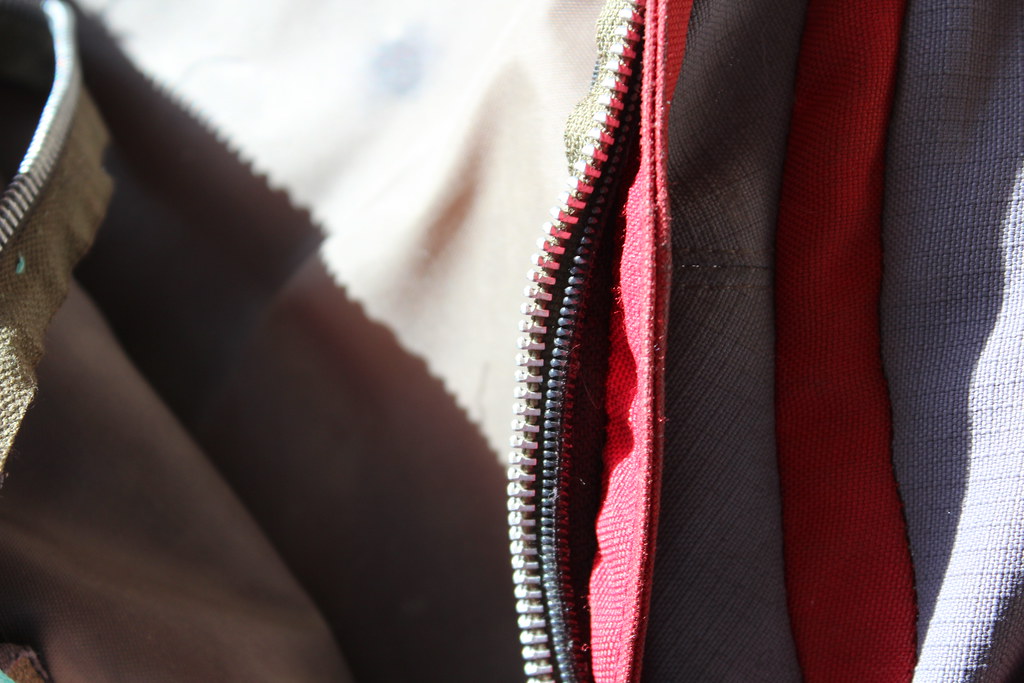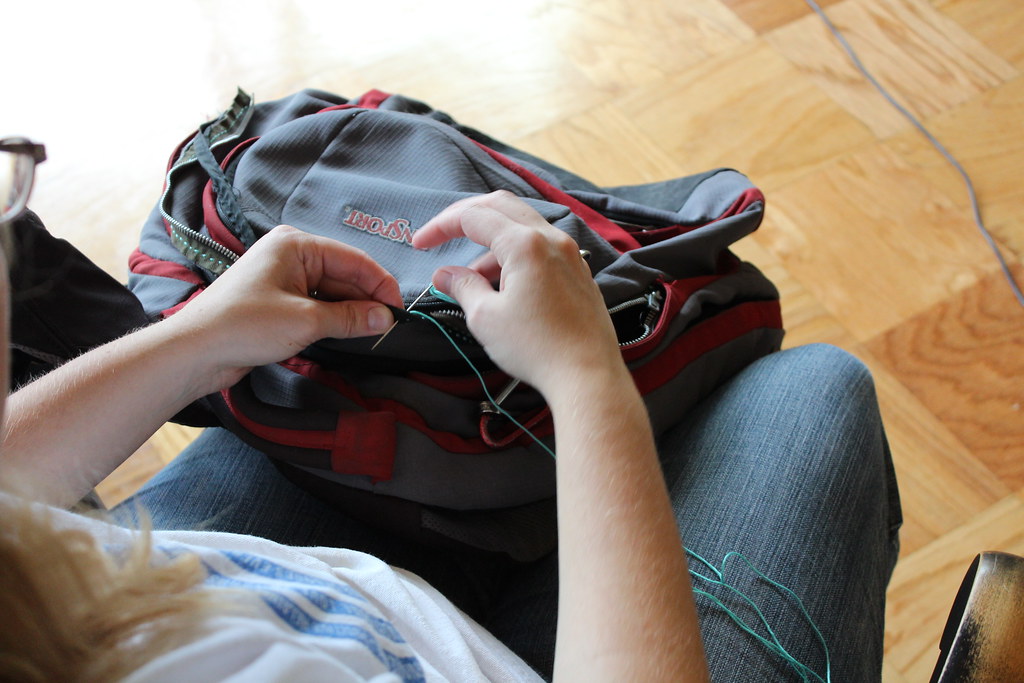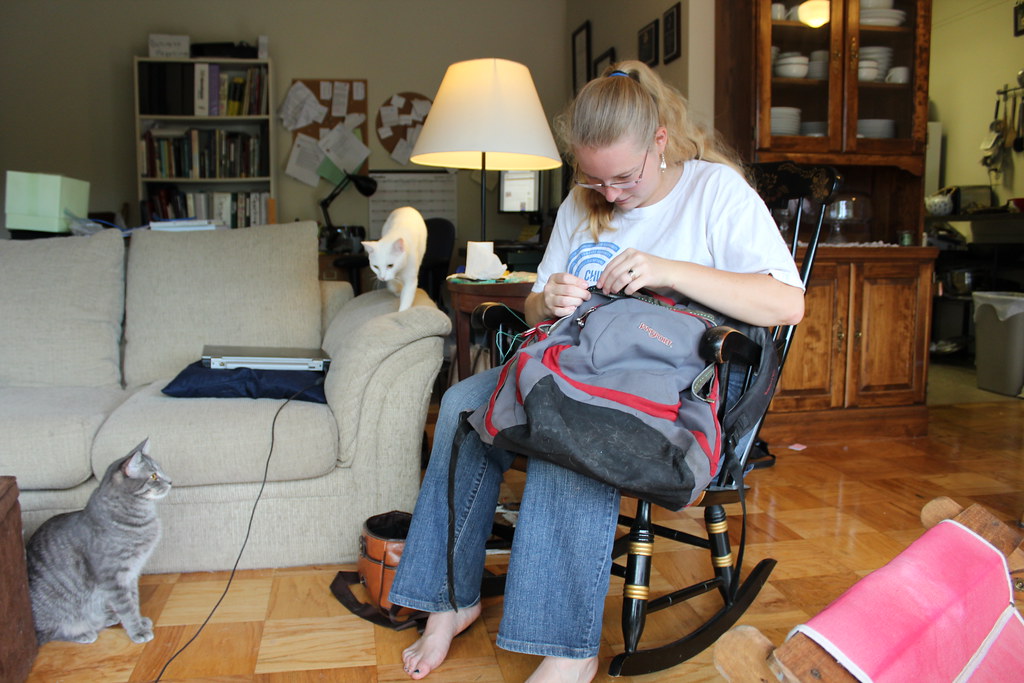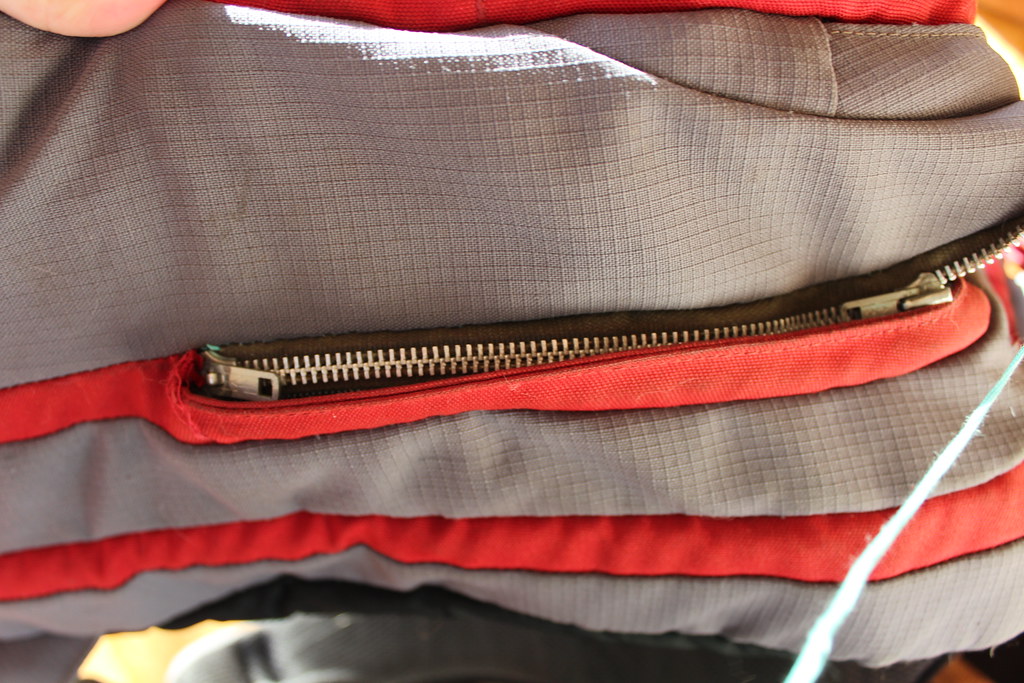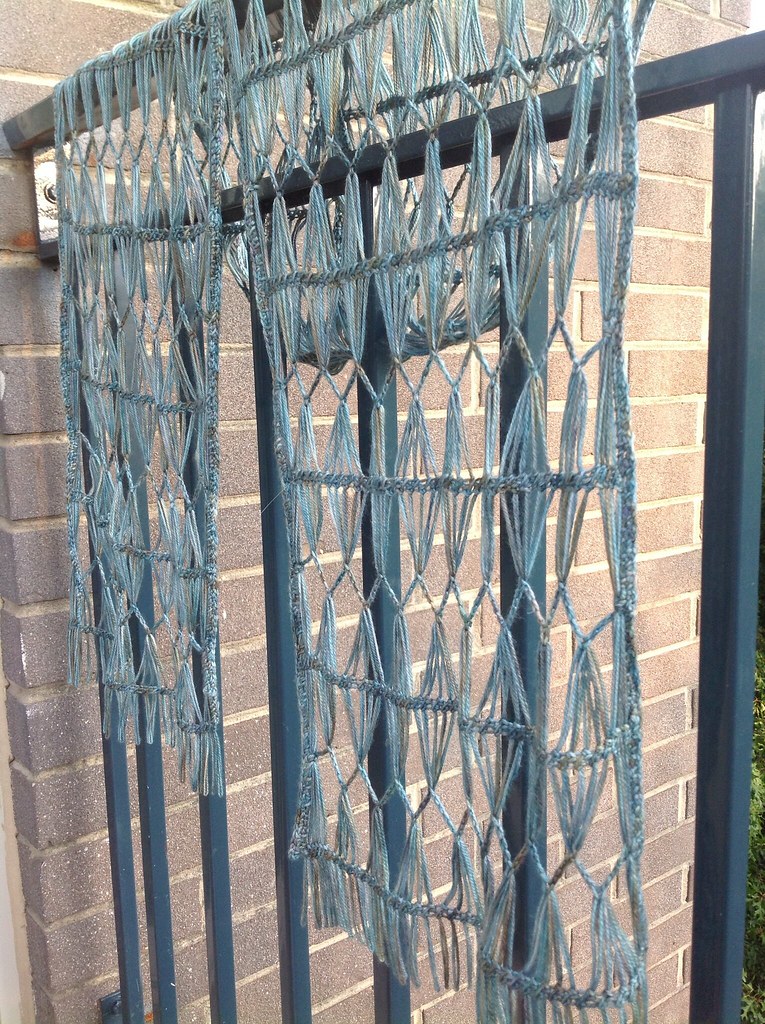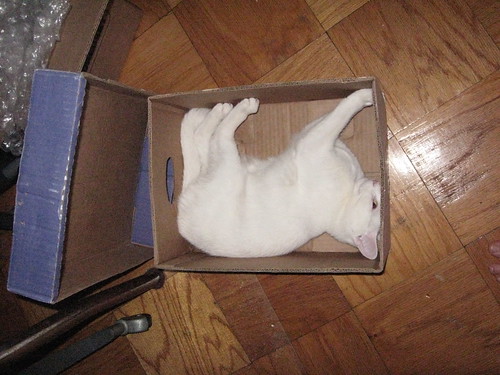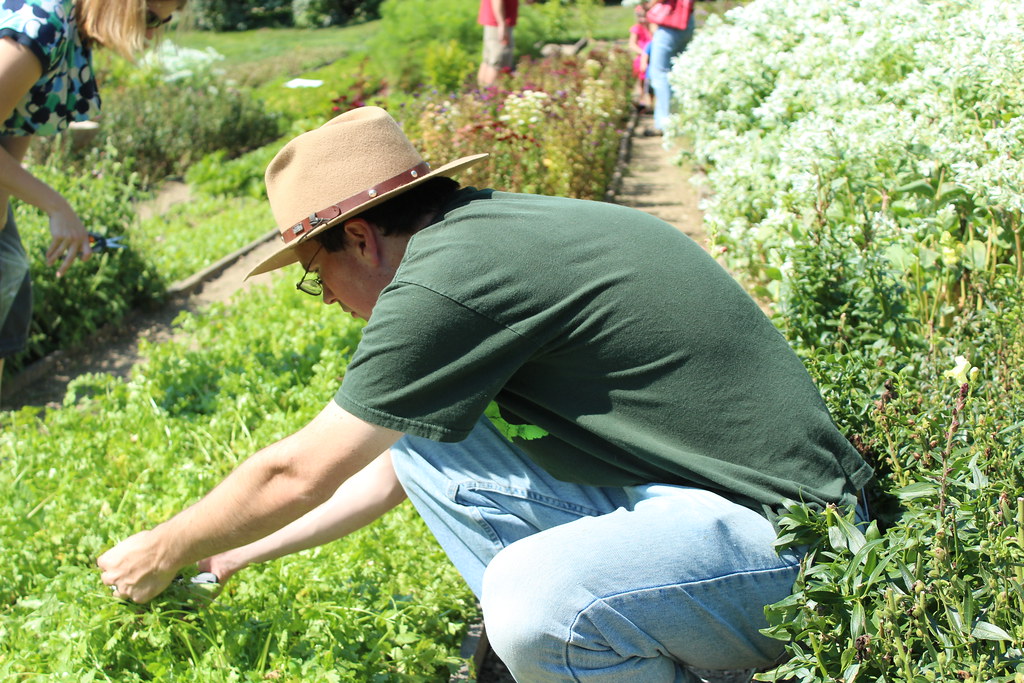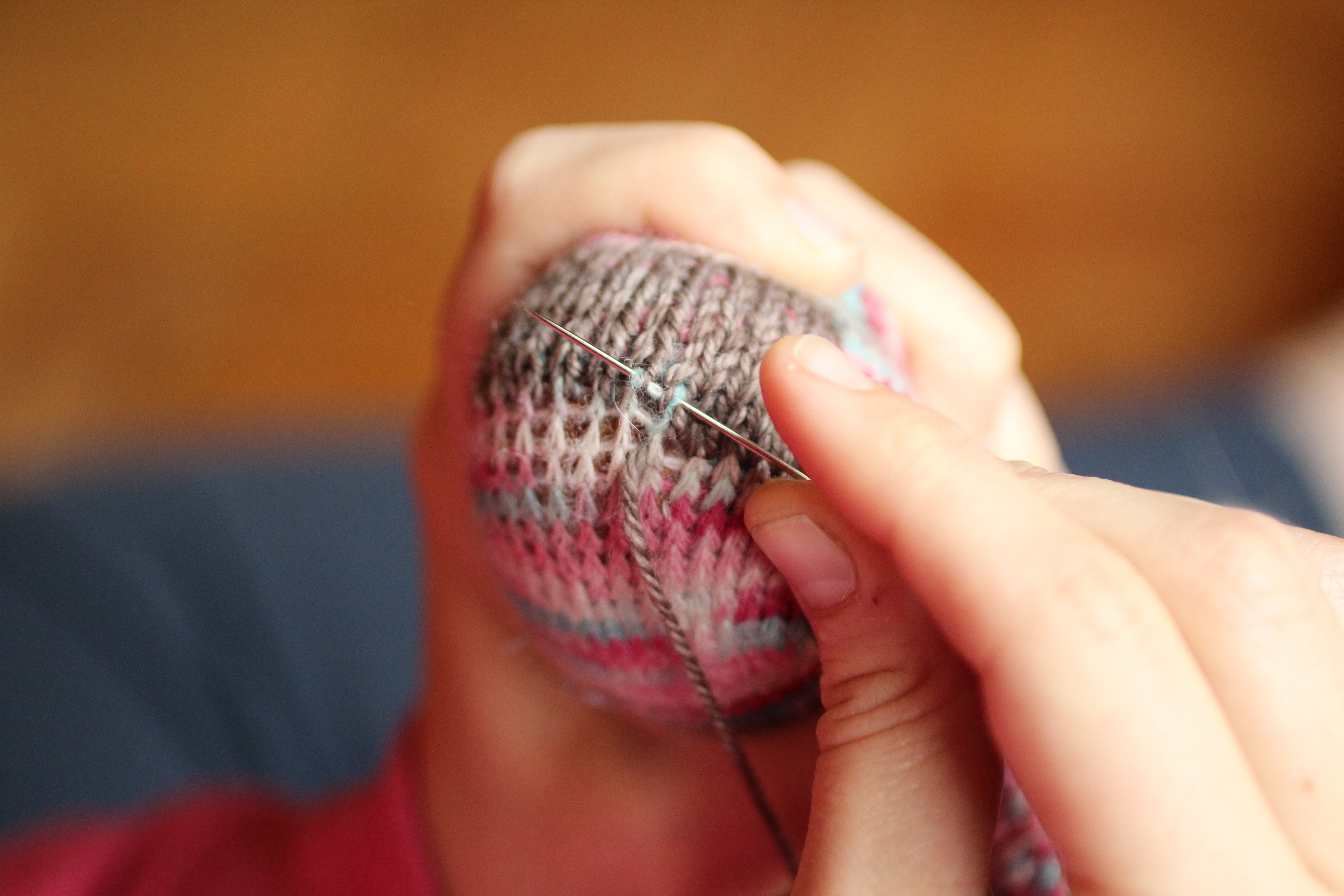When I was a child, my mother would make applesauce with the four of us children. We’d take turns cranking the food mill and separating the skins from the rest of the apple. Once all the boiled apples had been scooped from the pot with a slotted spoon, there would be water, deliciously flavored with the taste of apple. More dilute than apple-juice, but tasting more of cider, my mother would pour the warm liquid into four shot glasses and we’d share it between us.
More than anything else, the taste of apple water represents fall for me. Cider you can buy all year round, nowadays. But apple-water? Only comes with homemade applesauce.
The other weekend we processed four burners worth of apples, my mother’s way. Mom never took the skins off or took out the cores. You just quartered the apples, and then boiled/steamed them until they were “fork soft.” Michael and I did the same, and the apartment was roasting with the heat coming out of the kitchen.
 |
| Apples a-boil for applesauce and applebutter |
We decided to add an extra step to our process. When we spooned the apples out of the pot, we let them rest in a strainer with some cheesecloth for a couple minutes before moving them into the food mill. At the end, we took the rest of the liquid and also ran it through the cheesecloth. In addition to making applesauce that was a bit firmer in consistency (perfect for reducing down into applebutter!), we had the most lovely batch of apple-water.
When I say lovely, it was the nicest rose color, slightly opaque and delicious smelling. I poured myself a nice tall glass, and went to sit out on the porch. It made such a picture I had to share it with all of you.
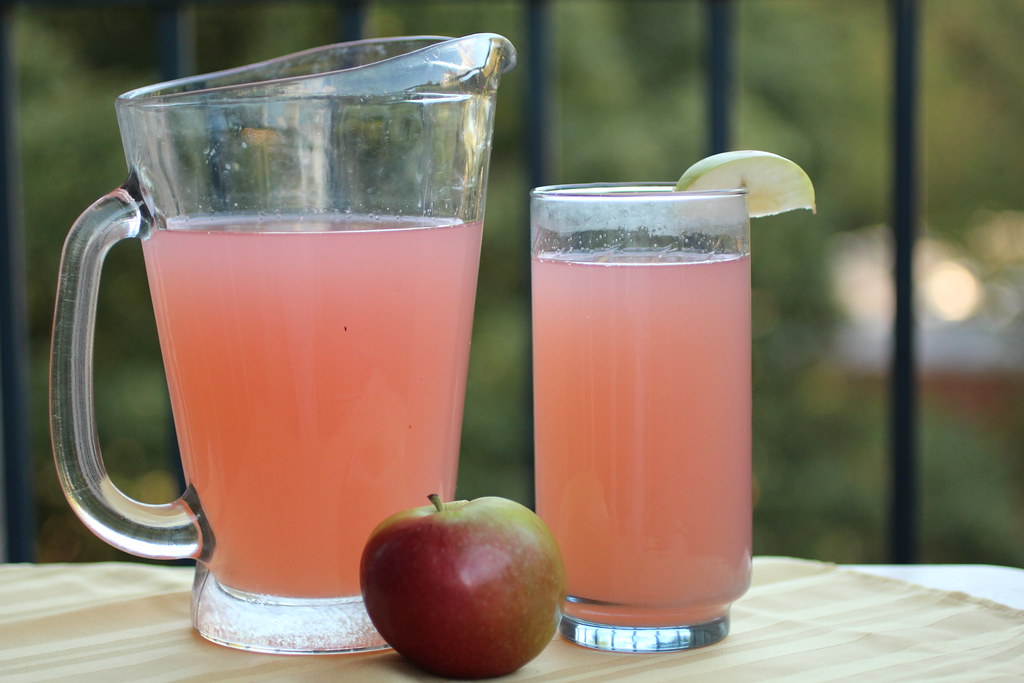 |
| Apple Water, a lovely rose color. |



